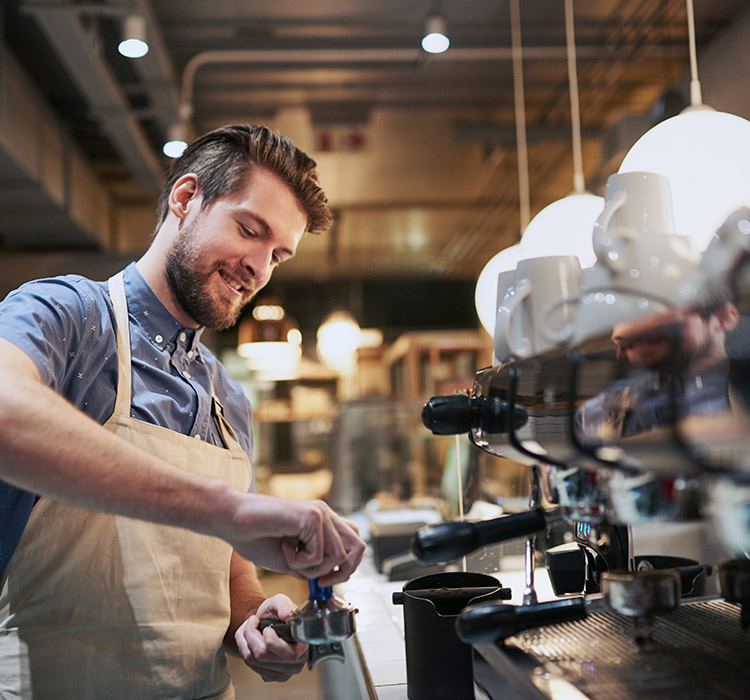
A greener future: BMO launches first U.S. climate financing program to help businesses build climate resilient operations
BMO has launched its Greener Future Financing program in the United States – its first climate financing program to help small and medium-sized businesses build future-ready, climate resilient operations. In… Read more










